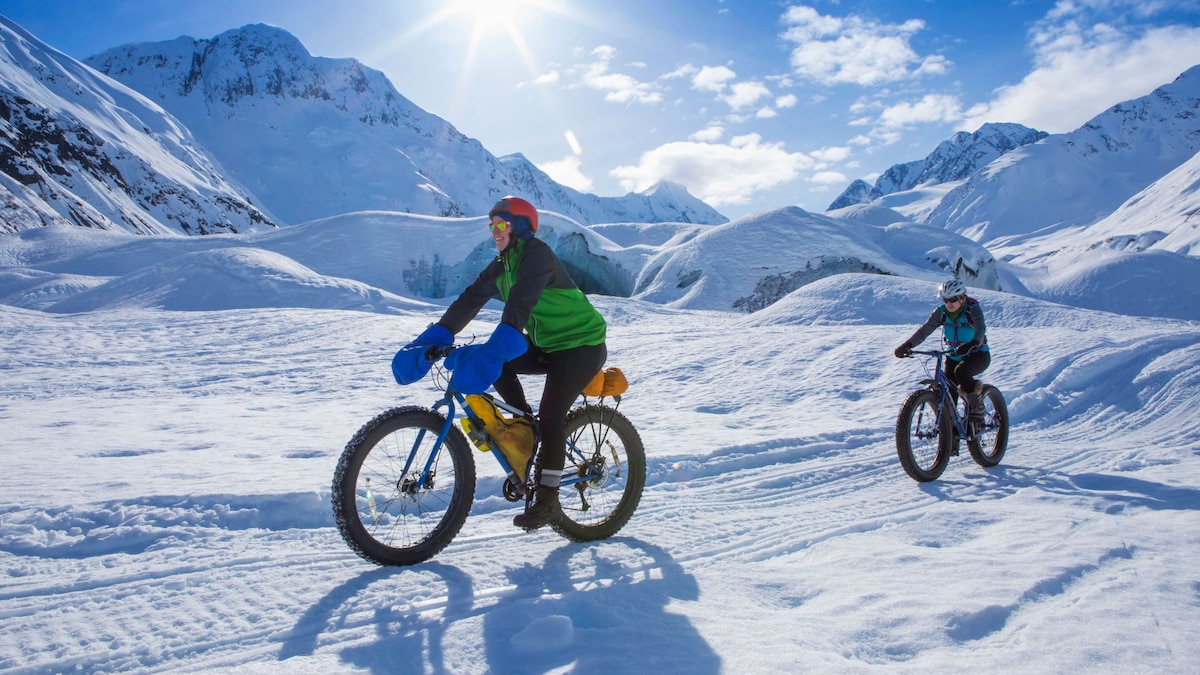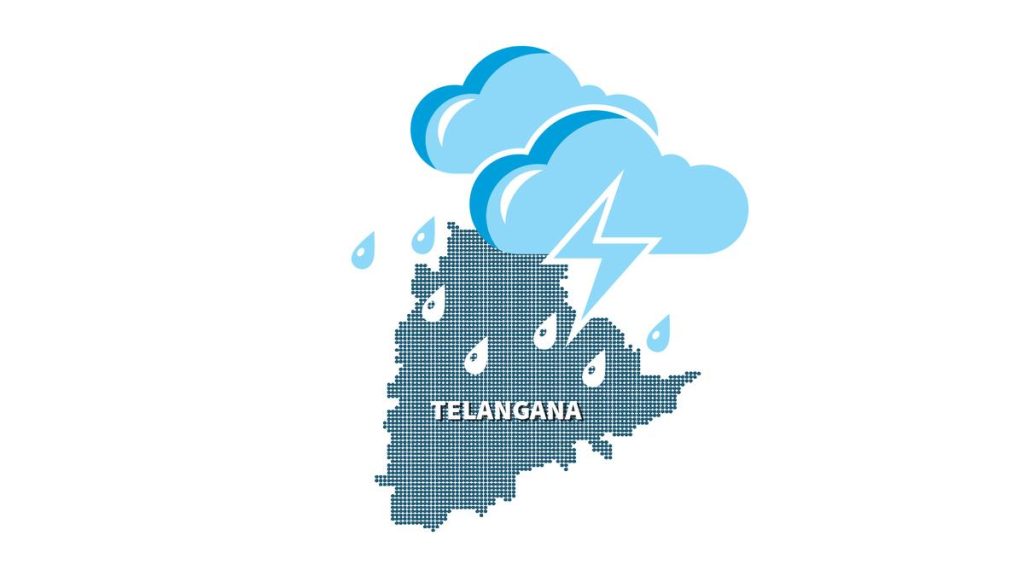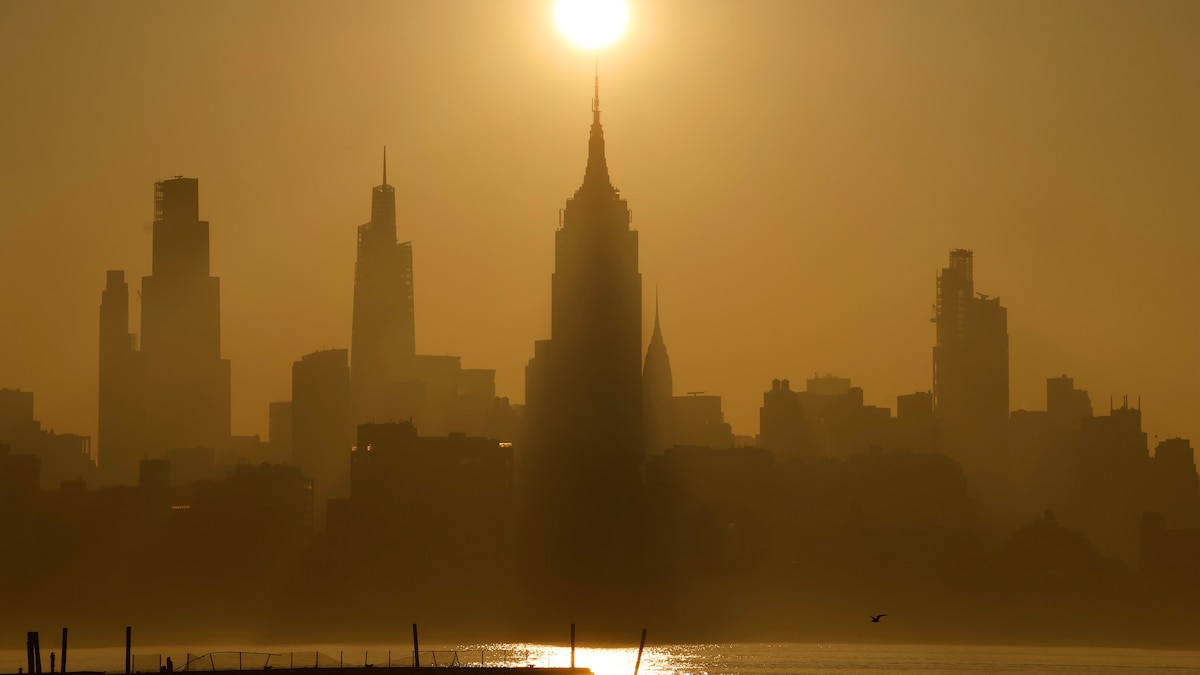Now Reading: Alaska’s Wild Frontiers to Open Up with Improved Access
1
-
01
Alaska’s Wild Frontiers to Open Up with Improved Access
Alaska’s Wild Frontiers to Open Up with Improved Access

Quick Summary
- Alaska Cabins Project Details: Aiming to build 25 new cabins in Alaska’s Tongass and Chugach National Forests by 2027, marking the largest expansion of public-use cabins in 50 years. Some cabins are accessible this year. The initiative is a collaboration between the Forest Service and National Forest Foundation (NFF).
- Cabin Features: The accommodations will be simple, trapper-style structures equipped with wood stoves for heating, bunk beds, vault toilets, and seating areas-travelers must bring their own supplies such as sleeping bags and cooking tools. Most can sleep at least eight people. some are wheelchair-accessible depending on location topology.
- Access & appeal: Designed for easy access via short walks or manageable hikes to cater to families and “soft adventure” seekers while ensuring remote wilderness experiences remain safe amidst high bear populations and unpredictable conditions.
- Past Insight: Built upon a tradition stemming from the 1930s when cabins were first put up for recreational use during hunting seasons; their popularity soared in the mid-20th century as outdoor recreation gained traction across America.
Images Provided:
1) Brown bear fishing salmon at Anan Wildlife Observatory.
!
Stay Informed With the Latest & Most Important News
Previous Post
Next Post
Loading Next Post...




























